Home>Garden Essentials>What Does Green Space Maintenance Involve
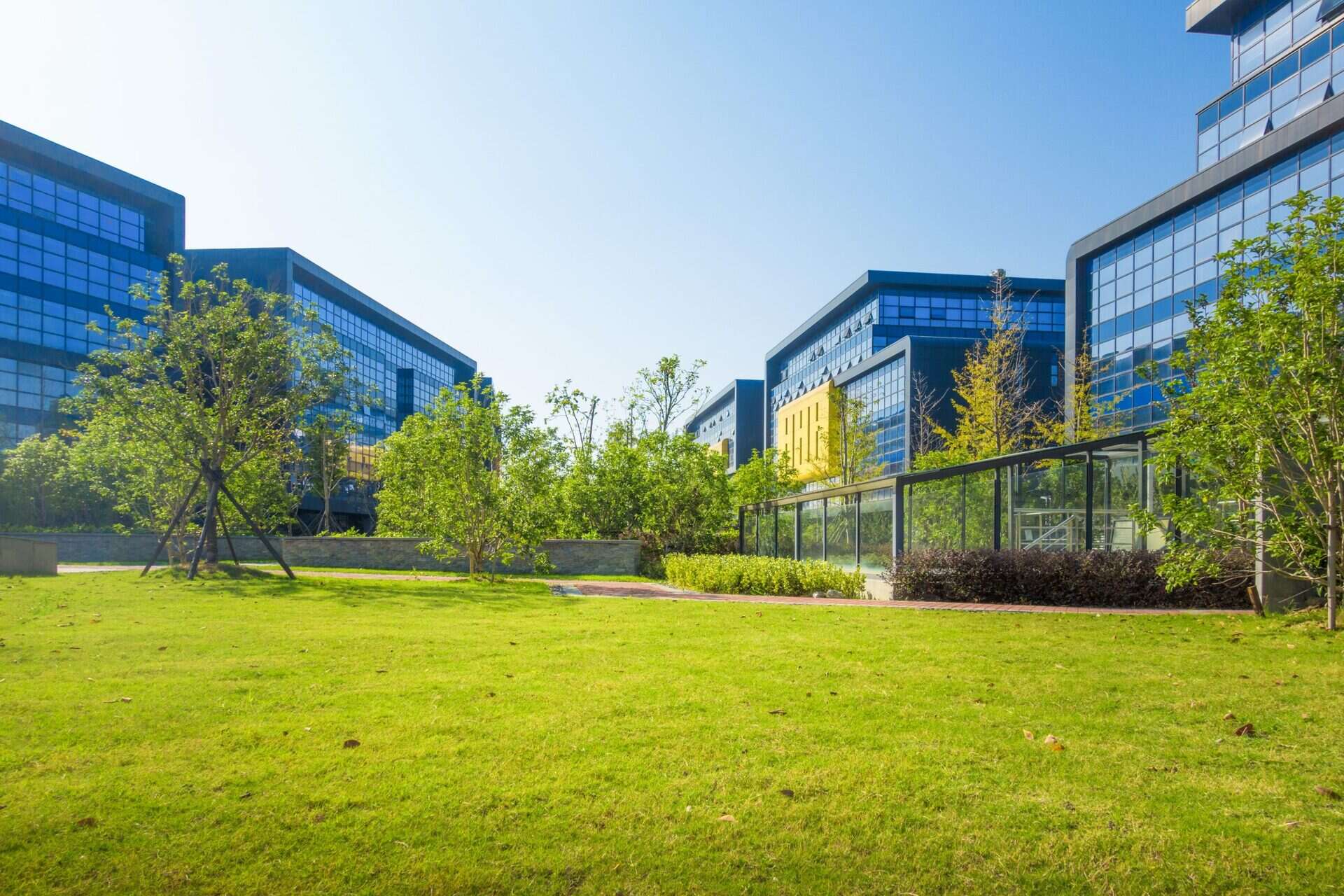

Garden Essentials
What Does Green Space Maintenance Involve
Modified: March 7, 2024
Discover what garden green space maintenance entails and learn how to keep your garden looking vibrant and healthy. Find helpful tips and advice to ensure your garden thrives.
(Many of the links in this article redirect to a specific reviewed product. Your purchase of these products through affiliate links helps to generate commission for Storables.com, at no extra cost. Learn more)
Introduction
Welcome to the world of green space maintenance, where the beauty of nature meets the diligent hand of a gardener. Green spaces, such as parks, gardens, and landscapes, are essential for maintaining the balance between urban development and natural environments. Green spaces provide a sanctuary for humans, offering a space to relax, unwind, and connect with nature. However, behind the scenes, there is a dedicated team of professionals who ensure that these green spaces remain vibrant, healthy, and thriving.
In this article, we will delve into the captivating world of green space maintenance. We will explore the importance of green space maintenance, the various responsibilities involved, and the horticultural practices that are essential for promoting growth and sustainability. So, let’s take a stroll through the greenery and discover the secrets to maintaining these enchanting spaces.
Key Takeaways:
- Green space maintenance is crucial for preserving the beauty of nature, promoting biodiversity, and providing a sanctuary for relaxation and recreation in urban environments.
- By incorporating sustainable practices, conserving water, and selecting native plants, we can create vibrant and healthy green spaces that benefit both people and the environment.
Read more: What Is The Green Stuff On Showerhead
Why is Green Space Maintenance Important?
Green space maintenance plays a crucial role in preserving the intrinsic beauty and ecological balance of our surroundings. Here are a few reasons why maintaining green spaces is of utmost importance:
- Enhancing the Aesthetics: Well-maintained green spaces add beauty and charm to urban areas, making them more visually appealing. Beautifully landscaped parks, gardens, and public spaces not only attract visitors but also create a positive first impression of the surrounding community.
- Improving Air Quality: Green spaces act as a natural filter for pollutants, trapping dust, smoke, and other harmful particles from the air. Trees and plants absorb carbon dioxide and release oxygen, contributing to cleaner and fresher air quality.
- Promoting Biodiversity: Green spaces provide a habitat for a diverse range of flora and fauna. By maintaining these areas, we ensure that ecosystems thrive and support wildlife populations. Biodiversity is vital for the overall health and resilience of our environment.
- Offering Recreational Opportunities: Maintained green spaces provide a space for physical activity, relaxation, and recreation. People can engage in various outdoor activities like walking, jogging, picnicking, and playing sports. Access to well-maintained green spaces promotes a healthier and happier community.
- Enhancing Mental Well-being: The presence of green spaces has been linked to improved mental health and well-being. Being surrounded by nature helps reduce stress, anxiety, and depression. The tranquility and beauty of well-maintained green spaces provide a respite from the fast-paced urban lifestyle.
These are just a few reasons why green space maintenance is crucial. By investing in the care and upkeep of our green spaces, we can enjoy a multitude of benefits and create a sustainable environment for future generations to cherish.
Responsibilities of Green Space Maintenance
Maintaining green spaces requires a combination of expertise, dedication, and a well-planned approach. The responsibilities of green space maintenance can vary depending on the size, type, and purpose of the area, but here are some common tasks that fall under the purview of green space maintenance:
- Regular Inspections: Green space maintenance professionals are responsible for regularly inspecting the area to identify any issues, such as damage to plants, trees, or structures, and to assess the overall health of the green space.
- Planting and Transplanting: Green spaces often require the planting and transplanting of trees, shrubs, and flowers. Maintenance professionals must carefully select appropriate plant species based on the climate, soil conditions, and aesthetic requirements of the area.
- Mowing and Trimming: Grass areas in green spaces need to be mowed and maintained at an appropriate height. Additionally, shrubs and hedges need to be regularly trimmed to maintain their shape and promote healthy growth.
- Watering and Irrigation: Adequate watering and irrigation are essential to ensure the health and vitality of plants. Maintenance professionals must monitor and maintain irrigation systems, ensuring that all plants receive the necessary amount of water without wastage.
- Weed Control: Green spaces need to be regularly inspected and treated for weeds. Weed control includes practices such as manual removal, herbicide application, and the use of mulch to prevent weed growth and promote healthy plant growth.
- Pest and Disease Management: Green spaces are susceptible to pests and diseases that can harm the plants and spread throughout the area. Maintenance professionals must monitor for pest infestations and diseases, taking necessary action to control and prevent their spread.
- Fertilizing and Mulching: Regular fertilization helps provide essential nutrients to plants, promoting healthy growth. Mulching helps control weed growth, retain moisture, and regulate soil temperature.
- Pruning and Thinning: Pruning and thinning trees and shrubs are essential to maintain their shape, remove dead or diseased branches, and promote proper airflow and sunlight penetration.
- Litter and Debris Removal: Green space maintenance professionals are responsible for regularly removing litter and debris from the area, ensuring a clean and inviting environment for visitors.
The responsibilities of green space maintenance professionals encompass a wide range of tasks to ensure the health, beauty, and functionality of the green space. With their expertise and care, these professionals contribute to creating and maintaining enjoyable and vibrant green spaces for everyone to appreciate.
Horticultural Practices
Horticultural practices form the foundation of green space maintenance. These practices involve a deep understanding of plants, their growth requirements, and the principles of landscape design. Here are some essential horticultural practices that are integral to maintaining healthy and vibrant green spaces:
- Plant Selection: Choosing the right plants for specific environmental conditions is crucial. Factors such as sunlight exposure, soil type, and climate need to be considered to ensure the optimal growth and health of plants in the green space.
- Soil Preparation: Proper soil preparation is essential for providing an adequate foundation for plant growth. This may include soil testing, amendment with organic matter or nutrients, and improving drainage to create an optimal growing environment.
- Planting Techniques: Correct planting techniques ensure that plants establish themselves well and have a strong start. Practices such as proper watering, digging appropriate-sized planting holes, and backfilling with suitable soil are crucial for the success of newly planted vegetation.
- Proper Pruning: Pruning is an art and a science. It involves selectively removing dead or diseased branches, shaping plants, and controlling their size. Proper pruning techniques promote healthy growth, improve aesthetics, and maintain plant health.
- Seasonal Maintenance: Green spaces require attention throughout the year. This includes tasks like spring clean-up, summer watering, fall leaf removal, and winter protection for vulnerable plants. Seasonal maintenance ensures plants stay healthy and prepares them for seasonal changes.
- Composting: Composting is an eco-friendly and cost-effective way to recycle organic waste and create nutrient-rich soil amendments. The use of compost improves soil fertility, encourages microbial activity, and enhances the overall health of plants.
- Integrated Pest Management (IPM): IPM involves using a combination of strategies to control pests and diseases. This includes cultural practices like regular monitoring, maintaining plant health, and implementing biological controls before resorting to chemical intervention.
- Continual Education: Staying up-to-date with the latest horticultural research and techniques is essential for green space maintenance professionals. Continuing education ensures they can adapt their practices to emerging trends and implement sustainable approaches.
Horticultural practices are the backbone of green space maintenance. By incorporating these practices into their daily routines, maintenance professionals can ensure the health, beauty, and sustainability of green spaces for communities to enjoy.
Lawn Care
The lawn is often a prominent feature in green spaces, providing a lush and inviting area for recreation and relaxation. Proper lawn care is essential to maintain its health and aesthetics. Here are some key aspects of lawn care:
- Mowing: Regular and proper mowing is critical to maintain an attractive and healthy lawn. The height at which the grass should be mowed depends on the specific grass species and desired look. It’s important not to cut too much of the grass blade at once, as this can stress the plants.
- Watering: Adequate watering is crucial for a thriving lawn. The frequency and amount of water required depend on factors such as climate, soil type, and grass species. It’s important to water deeply and infrequently, promoting deeper root growth and reducing the risk of shallow root systems.
- Aeration: Lawn aeration involves creating small holes in the soil to improve air, water, and nutrient penetration to the grass roots. This helps relieve soil compaction, allowing the roots to breathe and absorb nutrients more effectively.
- Fertilization: Regular fertilization provides nutrients that are essential for the health and growth of the grass. The specific type and timing of fertilizers depend on soil conditions, grass species, and climate. Slow-release fertilizers are often preferred to provide a steady supply of nutrients over time.
- Weed Control: Weed control is crucial to maintain the integrity of the lawn and prevent the invasion of unwanted plants. This can be achieved through a combination of cultural practices like proper mowing height, adequate fertilization, and the use of herbicides when necessary.
- Overseeding: Overseeding involves spreading grass seed over an existing lawn to fill in thin or bare areas. This promotes a denser and healthier lawn, reducing the risk of weed infestation and improving overall aesthetics.
- Managing Lawn Pests: Lawn pests such as grubs, chinch bugs, and armyworms can cause significant damage to the grass. Monitoring for pests and implementing appropriate control measures when necessary helps prevent extensive damage and maintain a healthy lawn.
- Seasonal Care: Different seasons require different lawn care practices. This includes activities such as spring clean-up, fall leaf removal, and winter protection. Adapting lawn care practices to the changing seasons ensures the health and vitality of the grass throughout the year.
Proper lawn care practices not only contribute to the beauty of green spaces but also provide a safe and enjoyable environment for recreational activities. Implementing these practices helps maintain a vibrant and healthy lawn that enhances the overall appeal of the green space.
Tree and Shrub Maintenance
Trees and shrubs are valuable components of green spaces, providing shade, beauty, and habitat for wildlife. Proper maintenance is crucial to ensure their health, longevity, and aesthetic appeal. Here are some key aspects of tree and shrub maintenance:
- Pruning: Pruning plays a vital role in maintaining the shape, health, and safety of trees and shrubs. It involves the selective removal of dead, damaged, or overgrown branches. Proper pruning techniques promote proper growth, improve aesthetics, and prevent the risk of falling limbs.
- Thinning: Thinning involves selectively removing branches to improve airflow and sunlight penetration within the tree or shrub. This helps prevent the growth of disease-causing fungi and promotes healthy, vigorous growth.
- Tree and Shrub Trimming: Regular trimming of trees and shrubs helps control their size and shape. Trimming can be done to maintain a desired form, remove crossing branches, or enhance the overall aesthetic appeal of the plant.
- Planting: Proper planting techniques are essential for the establishment and long-term health of trees and shrubs. This involves selecting suitable species, preparing the planting hole, and providing adequate soil amendments and mulch to promote healthy root growth.
- Watering: Newly planted trees and shrubs require regular watering to help them establish their roots. Mature trees and shrubs may also require watering during periods of drought to ensure their health and vitality.
- Mulching: Mulching around the base of trees and shrubs helps conserve soil moisture, control weed growth, and regulate soil temperature. Organic mulch materials, such as wood chips or bark, provide additional nutrients as they break down over time.
- Fertilization: Depending on soil conditions and plant health, trees and shrubs may benefit from periodic fertilization. This provides essential nutrients to promote healthy growth and development.
- Protection from Pests and Diseases: Regular monitoring and timely intervention are crucial to manage pests and diseases that can negatively impact trees and shrubs. This may involve the use of organic or chemical treatments to control pests or prevent the spread of diseases.
- Staking and Guying: Young, newly planted trees may require staking or guying to provide support and stability until their roots establish. This helps prevent damage from strong winds or other external forces.
- Tree and Shrub Removal: In some cases, tree or shrub removal may be necessary due to disease, damage, or encroachment on infrastructure. Proper procedures should be followed to ensure safe removal and appropriate disposal of plant material.
Tree and shrub maintenance is essential for their health, longevity, and overall contribution to the green space. By implementing proper care techniques, we can enjoy the beauty and benefits that these plants provide for many years to come.
Weed Control
Weeds are unwanted plants that compete with desirable vegetation for resources such as sunlight, water, and nutrients. Effective weed control is crucial to maintain the health and aesthetics of green spaces. Here are some key methods for controlling weeds:
- Preventative Measures: One of the best ways to control weeds is to prevent their establishment in the first place. This can be achieved through practices such as applying weed barriers, using weed-free soil or mulch, and planting dense and healthy vegetation to create competition and inhibit weed growth.
- Manual Removal: Hand-pulling or digging out weeds is an effective method for small infestations or sensitive areas where herbicides cannot be used. Be sure to remove the entire root system to prevent regrowth.
- Herbicides: Selective herbicides can be used to target specific types of weeds without harming desirable plants. It’s important to carefully follow the label instructions and use herbicides safely and responsibly.
- Mulching: Mulch acts as a physical barrier, preventing weed seeds from germinating and blocking sunlight that weeds need to grow. Organic mulch, such as wood chips or straw, is often used for weed suppression while also improving soil moisture retention.
- Cultural Practices: Maintaining a healthy lawn and dense vegetation through practices such as proper mowing height, adequate fertilization, and regular watering can help suppress weed growth. Healthy plants have stronger root systems that can outcompete weeds for resources.
- Biological Control: Some weeds can be controlled using natural enemies such as insects, fungi, or bacteria. Introducing these biological agents can help suppress weed growth over time. However, careful consideration and expert guidance are necessary to avoid unintended consequences.
- Mulch Layers: Applying multiple layers of biodegradable materials, such as cardboard or newspaper, beneath mulch can further control weed growth. These layers block light and prevent weed seed germination.
- Regular Inspections: Regularly inspecting the green space allows for early detection and prompt intervention against weeds. Identifying and treating weeds in their early stages can prevent them from spreading and becoming more challenging to control.
- Education and Awareness: Educating the community about the importance of weed control and promoting responsible weed management practices can help prevent the introduction and spread of invasive weeds.
Implementing a combination of these weed control methods can help maintain a weed-free and visually appealing green space. It is important to choose the most appropriate methods based on the specific weed species, the size of the infestation, and the environmental considerations of the area.
Regular maintenance of green spaces involves tasks such as mowing the grass, trimming bushes and trees, removing weeds, watering plants, and cleaning up litter. This helps to keep the area looking neat and healthy.
Pest and Disease Management
Pests and diseases can wreak havoc on the health and appearance of green spaces. Effective pest and disease management is essential to maintain the vitality and beauty of plants. Here are some key strategies for managing pests and diseases:
- Regular Monitoring: Regularly inspecting plants for signs of pest infestation or disease symptoms is crucial. Early detection allows for prompt intervention and minimizes the potential damage.
- Integrated Pest Management (IPM): IPM is an approach that combines multiple strategies to manage pests and diseases in an environmentally responsible manner. It involves a combination of cultural practices, biological controls, physical barriers, and, if necessary, targeted pesticide applications.
- Cultural Practices: Maintaining plant health through proper cultural practices can help prevent the onset of pests and diseases. This includes practices such as providing adequate water, proper fertilization, promoting proper plant spacing and airflow, and removing diseased plant material.
- Biological Controls: Biological controls involve using natural enemies of pests, such as beneficial insects, parasitic wasps, or predatory spiders, to help reduce pest populations. Introducing these beneficial organisms can help maintain a natural balance and minimize the need for chemical interventions.
- Physical Barriers: Physical barriers, such as nets or fences, can be used to prevent pests, such as birds or small mammals, from accessing vulnerable plants. Installing row covers or using traps can also be effective in controlling specific pests.
- Targeted Pesticide Applications: If pest or disease infestations reach damaging levels and other methods have proven ineffective, targeted pesticide applications may be necessary. It is important to choose the appropriate pesticide, apply it according to label instructions, and consider the potential impact on beneficial organisms and the environment.
- Plant Selection: Choosing pest and disease-resistant plant varieties can reduce the risk of infestations. Selecting plants that are well-suited to the specific climate and region can also minimize potential stress and susceptibility to diseases.
- Quarantine and Sanitation: Quarantining new plants before introducing them to a green space can help prevent the spread of pests and diseases. Regularly removing and disposing of diseased plant material can prevent the further spread of pathogens.
- Educating and Engaging the Community: Educating green space users about the importance of pest and disease management and encouraging their involvement in monitoring and reporting can help in early detection and prevention of outbreaks.
Implementing comprehensive pest and disease management practices helps protect the health and longevity of plants in green spaces. By adopting proactive and sustainable approaches, we can ensure the beauty and resilience of our cherished natural spaces.
Irrigation and Watering
Proper irrigation and watering practices are essential for maintaining the health and vitality of plants in green spaces. Efficient water management not only promotes plant growth but also conserves water resources. Here are some key considerations for irrigation and watering:
- Understanding Water Needs: Different plants have varying water requirements. It is important to determine the specific needs of each plant species in the green space. Factors such as plant type, soil type, climate, and season should be considered when determining appropriate watering schedules.
- Establishing Watering Schedules: Developing a consistent watering schedule helps ensure that plants receive adequate moisture without overwatering. The frequency and duration of watering depend on factors such as plant species, soil moisture levels, and weather conditions.
- Avoiding Overwatering: Overwatering can lead to root rot, fungal diseases, and increased water consumption. It is essential to allow the soil to partially dry out between watering sessions to promote healthy root growth.
- Watering at the Right Time: Watering early in the morning or late in the evening is optimal because it reduces water loss through evaporation. Avoid watering during the hottest part of the day to prevent scorching and water wastage.
- Use of Irrigation Systems: Installing efficient irrigation systems, such as drip irrigation or sprinklers with timers, can help deliver water directly to the root zone of plants. These systems minimize water loss due to evaporation and ensure even distribution of moisture.
- Monitoring Soil Moisture: Regularly checking soil moisture levels is essential for effective water management. This can be done by using a moisture meter or physically inspecting the soil for dryness. Adjust watering frequency and duration based on the moisture levels observed.
- Water Conservation Techniques: Implementing water conservation techniques helps minimize water wastage. This includes using mulch to retain soil moisture, capturing rainwater for irrigation, avoiding watering non-essential areas, and adjusting irrigation systems to account for rainfall.
- Consideration of Seasonal Changes: Adjusting watering practices according to seasonal changes is important. For example, plants may require less water during the cooler months compared to the hot summer months. Observing and adapting to these seasonal fluctuations helps maintain plant health and prevent water waste.
- Plant Watering Techniques: When watering, it is important to apply water at the base of plants to reach the root zone effectively. Avoid overhead watering that can cause foliage diseases and wetting of non-targeted areas.
- Educating the Community: Educating the community about efficient watering practices and water conservation helps raise awareness and promotes responsible water usage in green spaces.
By following proper irrigation and watering practices, we can provide plants in green spaces with the necessary moisture for healthy growth while conserving water resources. This ensures the longevity and sustainability of our vibrant natural environments.
Read more: What Does Green Grass Symbolize
Pruning and Trimming
Pruning and trimming are essential practices in maintaining the health, aesthetics, and safety of plants in green spaces. Whether it’s a tree, shrub, or flowering plant, proper pruning and trimming techniques contribute to the overall beauty and functionality of the landscape. Here’s why pruning and trimming are important:
- Promote Healthy Growth: Pruning encourages healthy growth by removing dead, diseased, or damaged branches. By eliminating these problematic branches, plants can redirect their energy towards new growth and development, improving overall vigor and appearance.
- Shape and Structure: Pruning helps maintain the desired shape and structure of trees and shrubs. Through selective trimming, plants can be trained to grow in a specific form and size, enhancing their aesthetics and ensuring their compatibility with the surrounding landscape.
- Enhance Airflow and Sunlight Penetration: Pruning opens up the canopy of trees and shrubs, allowing better airflow and sunlight penetration. Improved air circulation reduces the risk of fungal diseases, while increased sunlight promotes better photosynthesis and overall plant health.
- Reduce Risk of Hazards: Overgrown or dead branches can pose a safety risk. Pruning removes these hazardous branches, reducing the risk of falling limbs and potential harm to people or property. Regular trimming of shrubs and hedges also ensures visibility and eliminates potential obstructions.
- Flower and Fruit Production: Proper pruning techniques can enhance flower and fruit production in certain plants. By strategically removing spent flowers or making selective cuts, plants can channel their energy into producing more blooms and fruit, maximizing their ornamental or edible value.
- Disease and Pest Management: Pruning can play a role in preventing the spread of diseases or pests. By removing infected or infested branches in a timely manner, you can minimize the risk of diseases or pests spreading to other parts of the plant or nearby plants.
- Rejuvenation: Pruning offers an opportunity to rejuvenate and revitalize overgrown or neglected plants. By removing excessive growth and thinning out the plant, sunlight can reach previously shaded areas, allowing for new growth and improved overall health.
- Timing and Technique: Pruning and trimming should be done at the appropriate time and with proper techniques specific to each plant species. Some plants require pruning during dormancy, while others benefit from selective pruning after flowering. Understanding the growth habits and specific pruning requirements of different plants is essential for effective results.
- Promote Safety and Professionalism: Engaging professional arborists or green space maintenance personnel ensures that pruning and trimming are performed safely and according to industry standards. Their expertise and knowledge of plant biology and pruning techniques can help maintain the health and aesthetics of green spaces effectively.
Pruning and trimming are essential practices to keep green spaces looking their best while promoting the health and longevity of plants. When done properly, these practices contribute to the overall beauty, safety, and ecological balance of the landscape.
Mulching and Fertilizing
Mulching and fertilizing are two important practices in green space maintenance that contribute to the health and vitality of plants. These practices ensure that plants receive the necessary nutrients, conserve soil moisture, and suppress weed growth. Here’s why mulching and fertilizing are crucial:
- Mulching: Mulching involves the application of a layer of organic or inorganic material around the base of plants. Here are some benefits of mulching:
- Conserves Moisture: Mulch acts as a protective barrier, reducing water evaporation from the soil and helping to retain moisture. This is especially important during hot and dry periods.
- Controls Weeds: A thick layer of mulch helps suppress weed growth by blocking sunlight and preventing weed seeds from germinating. This reduces the need for chemical weed control and manual removal.
- Regulates Temperature: Mulch acts as insulation, moderating soil temperature and protecting plant roots from extreme heat or cold.
- Prevents Soil Erosion: Mulch helps prevent soil erosion by reducing the impact of rainwater and preventing the soil from being carried away by runoff.
- Improves Soil Structure: As organic mulch breaks down over time, it enriches the soil with organic matter, improving soil structure, nutrient content, and microbial activity.
- Fertilizing: Fertilizing involves the application of nutrients necessary for healthy plant growth. Here are the key benefits of fertilizing:
- Nutrient Supply: Fertilizers provide essential macro and micronutrients, such as nitrogen, phosphorus, and potassium, that may be deficient in the soil. These nutrients are vital for plant growth, root development, flowering, and fruit production.
- Improved Plant Health: Proper fertilization promotes strong, robust plants that are more resistant to diseases, pests, and environmental stressors.
- Enhanced Blooms and Fruits: The right balance of nutrients stimulates flowering and fruiting, resulting in more abundant and vibrant blooms or a bountiful harvest in edible plants.
- Accelerated Growth: Fertilizing can help speed up plant growth, making it particularly useful for establishing new plants or encouraging quick recovery after pruning or trimming.
- Correcting Nutrient Deficiencies: By understanding the specific nutrient requirements of plants, fertilizers can correct nutrient deficiencies in the soil, leading to improved overall plant health and vigor.
When applying mulch and fertilizer, it is important to consider plant species, soil conditions, and environmental factors. Follow recommended application rates, timing, and techniques to achieve optimal results. By mulching and fertilizing appropriately, you will promote healthy plant growth, conserve resources, and create vibrant and thriving green spaces.
Equipment and Tools for Green Space Maintenance
Green space maintenance requires a range of equipment and tools to efficiently and effectively care for plants and landscapes. These tools not only make the job easier but also ensure the safety and success of maintenance activities. Here are some essential equipment and tools for green space maintenance:
- Gloves: A good pair of gloves is essential to protect hands from cuts, scratches, and chemicals during various maintenance tasks. Choose gloves that are durable, comfortable, and provide adequate grip.
- Pruning Shears: Pruning shears, also known as hand pruners or secateurs, are used for precise and controlled pruning of small branches, stems, and flowers. They come in various sizes and types to accommodate different plant materials.
- Loppers: Loppers are designed to trim larger branches and limbs that are too thick for pruning shears. They provide additional leverage and cutting power, enabling efficient and clean cuts.
- Hedge Trimmers: Hedge trimmers are used for trimming and shaping hedges, shrubs, and bushes. They come in manual or powered versions and feature sharp blades for precise cuts.
- Hand Trowel and Fork: Hand trowels and forks are essential for digging, planting, and transplanting small plants. They are versatile tools that allow for easy soil manipulation and root care.
- Spade and Shovel: Spades and shovels are larger and more robust tools used for digging larger holes, moving soil, and transplanting larger plants. Choose a spade with a sharp edge and a shovel with a sturdy handle for efficient digging and lifting.
- Mower: A mower is a must-have tool for maintaining lawns and grassy areas in green spaces. Choose a mower appropriate for the size of the lawn and ensure it is properly maintained and set at the right cutting height.
- Rake: Rakes are indispensable for removing leaves, debris, and grass clippings from the lawn or garden beds. Depending on the task, choose a rake with flexible or sturdy tines.
- Sprayer: Sprayers are used for applying fertilizers, herbicides, and pesticides evenly over a designated area. Choose a sprayer suitable for the specific application, whether it’s a handheld sprayer or a backpack sprayer.
- Wheelbarrow or Garden Cart: A wheelbarrow or garden cart is essential for transporting soil, mulch, plants, and tools around the green space. Opt for a sturdy and well-balanced option that can handle various loads.
- Irrigation System: Depending on the size and layout of the green space, an irrigation system may be necessary to efficiently and evenly water plants. This can include sprinklers, drip irrigation systems, timers, and controllers.
Investing in high-quality, durable equipment and tools ensures that maintenance tasks are carried out effectively and with minimum effort. Proper care and maintenance, including regular sharpening, cleaning, and lubrication, will prolong the lifespan of these tools. By having the right tools at hand, green space maintenance becomes a more efficient and enjoyable endeavor.
Environmental Considerations in Green Space Maintenance
Green space maintenance should be approached with a commitment to environmental stewardship and sustainability. By considering the broader environmental impacts of maintenance practices, we can contribute to the long-term health and preservation of our natural ecosystems. Here are some important environmental considerations to keep in mind:
- Water Conservation: Conserving water is essential in green spaces. Implementing water-efficient irrigation systems, using mulch to retain soil moisture, and monitoring watering practices are effective ways to reduce water consumption and promote sustainable water use.
- Native Plant Selection: Choosing native plant species for green spaces promotes biodiversity and supports local ecosystems. Native plants have adapted to the local climate and require less water, fertilizer, and pesticides. They also provide habitat for native wildlife and contribute to the overall health and resilience of the environment.
- Organic and Sustainable Practices: Emphasizing organic and sustainable practices minimizes the use of synthetic chemicals, such as fertilizers and pesticides, which can harm beneficial insects, pollinators, and waterways. Employing natural pest control methods, composting, and using organic fertilizers helps maintain a healthier and more ecologically balanced green space.
- Preserving Natural Habitats: Maintaining a balance between developed areas and natural habitats is crucial. Preserve existing trees, shrubs, and natural features whenever possible. This helps conserve wildlife habitats, protects biodiversity, and maintains the natural beauty of the environment.
- Reducing Waste: Implementing practices to reduce waste is crucial in green space maintenance. This can include grasscycling (leaving grass clippings on the lawn), composting organic materials, reusing or recycling materials, and minimizing the use of disposable or non-recyclable products.
- Minimizing Chemical Use: Limiting the use of synthetic chemicals, such as herbicides and fungicides, reduces the potential harm to soil, water, and beneficial organisms. Only apply chemicals when necessary, follow label instructions, and consider less toxic alternatives to control pests or manage diseases.
- Wildlife Protection: Green spaces are habitats for various wildlife species. Maintain practices that protect and promote wildlife, such as providing nesting areas and planting native species that serve as food sources for native animals and pollinators.
- Reducing Noise and Air Pollution: Minimize noise and air pollution during maintenance activities. This can include using electric or battery-powered equipment instead of gas-powered equipment, scheduling maintenance activities during non-peak hours, and being mindful of noise levels in residential areas.
- Educating and Engaging the Community: Educate the community about the environmental benefits of green space maintenance and encourage their participation in sustainable practices. Foster a sense of environmental responsibility and empower community members to contribute to the preservation and enhancement of green spaces.
By incorporating these environmental considerations into green space maintenance practices, we can create healthier, more sustainable landscapes that benefit both people and the planet. Working together, we can ensure the long-term vitality and beauty of our green spaces for future generations to enjoy.
Read more: What Does A Green Light Bulb Mean
Conclusion
Green space maintenance is a vital aspect of preserving the beauty, functionality, and ecological balance of our natural environments. From parks and gardens to landscapes and public spaces, these green spaces offer a sanctuary for individuals to connect with nature, relax, and enjoy recreational activities.
Throughout this article, we have explored the importance of green space maintenance and the diverse range of responsibilities involved. From horticultural practices such as planting, pruning, and fertilizing, to managing pests, diseases, and weeds, every task contributes to the overall health and aesthetics of these precious spaces.
We have also discussed the essential equipment and tools needed to carry out maintenance tasks efficiently and safely. Investing in high-quality tools not only makes the job easier but also ensures the long-term success of maintaining green spaces.
Moreover, it is crucial to approach green space maintenance with a deep commitment to environmental considerations. By practicing water conservation, selecting native plants, employing organic and sustainable practices, preserving natural habitats, and minimizing chemical use, we can play a vital role in protecting and enhancing our natural ecosystems.
Lastly, engaging and educating the community about the significance of green space maintenance and involving them in sustainable practices fosters a sense of ownership and responsibility. By working together, we can create healthier and more vibrant green spaces that promote the well-being of both humans and the environment.
So, let us continue to embrace the fascinating world of green space maintenance, ensuring that these captivating spaces remain exquisite havens of nature and sources of joy for generations to come.
Frequently Asked Questions about What Does Green Space Maintenance Involve
Was this page helpful?
At Storables.com, we guarantee accurate and reliable information. Our content, validated by Expert Board Contributors, is crafted following stringent Editorial Policies. We're committed to providing you with well-researched, expert-backed insights for all your informational needs.
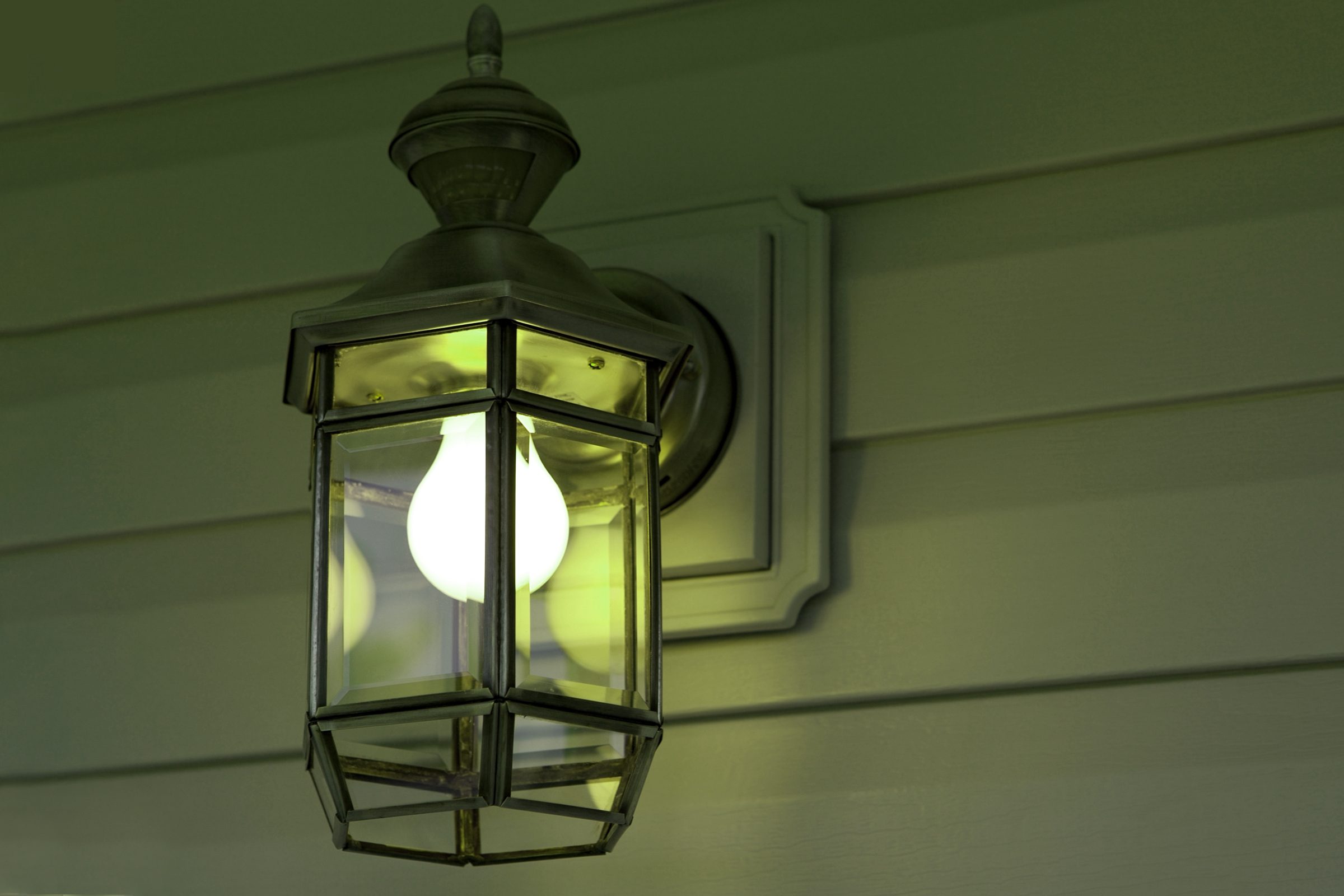
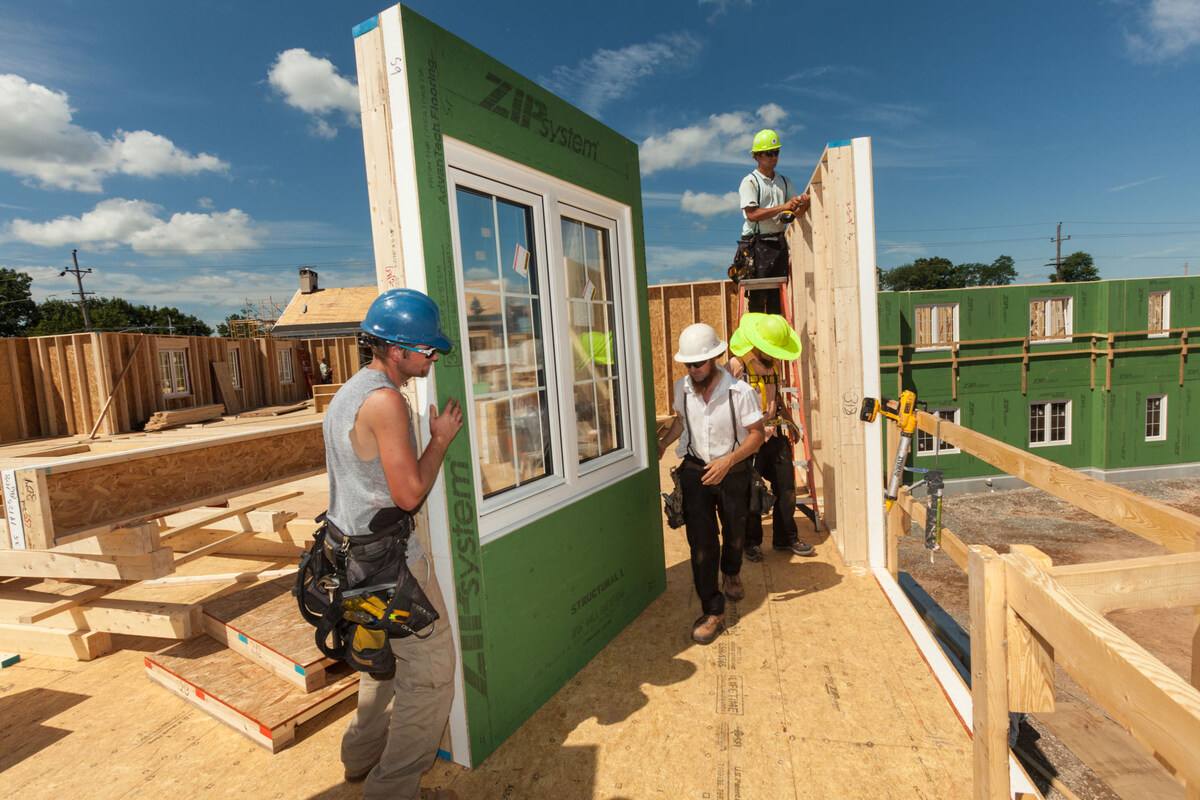

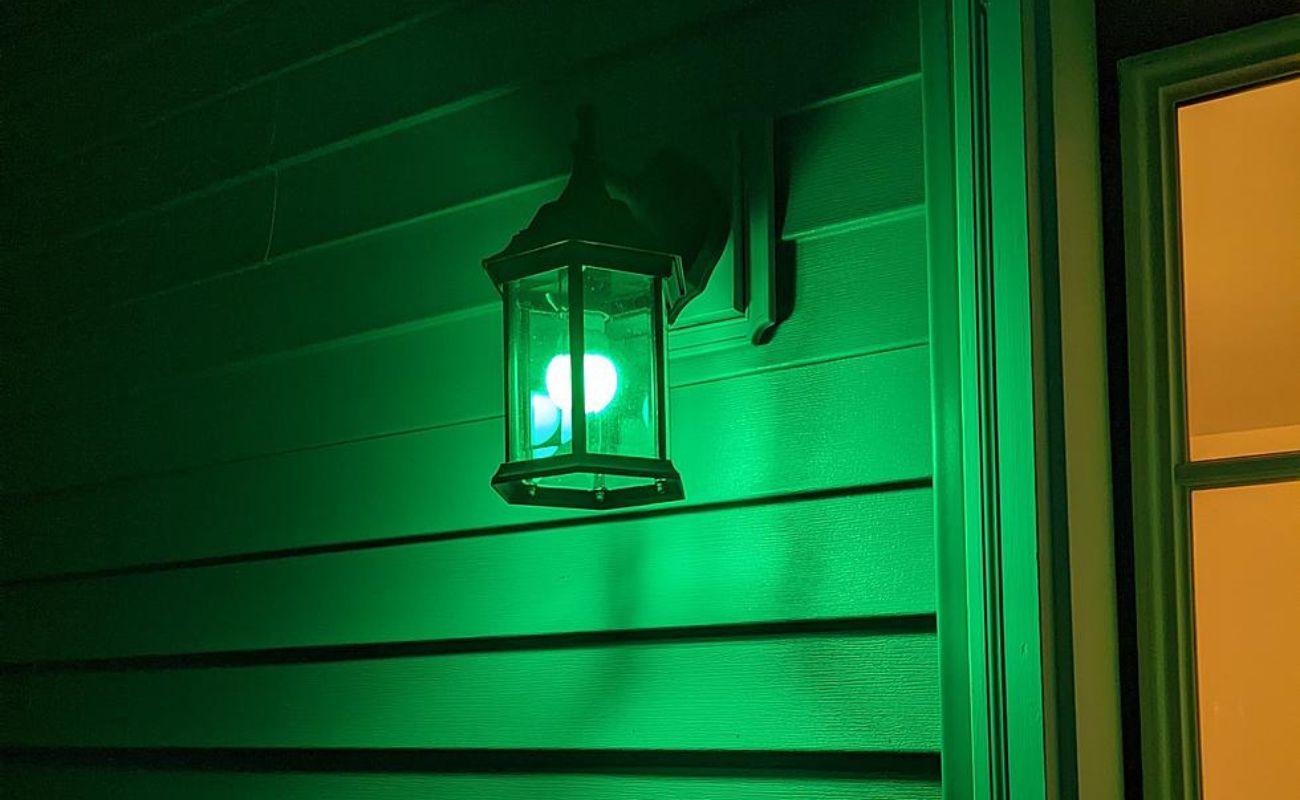

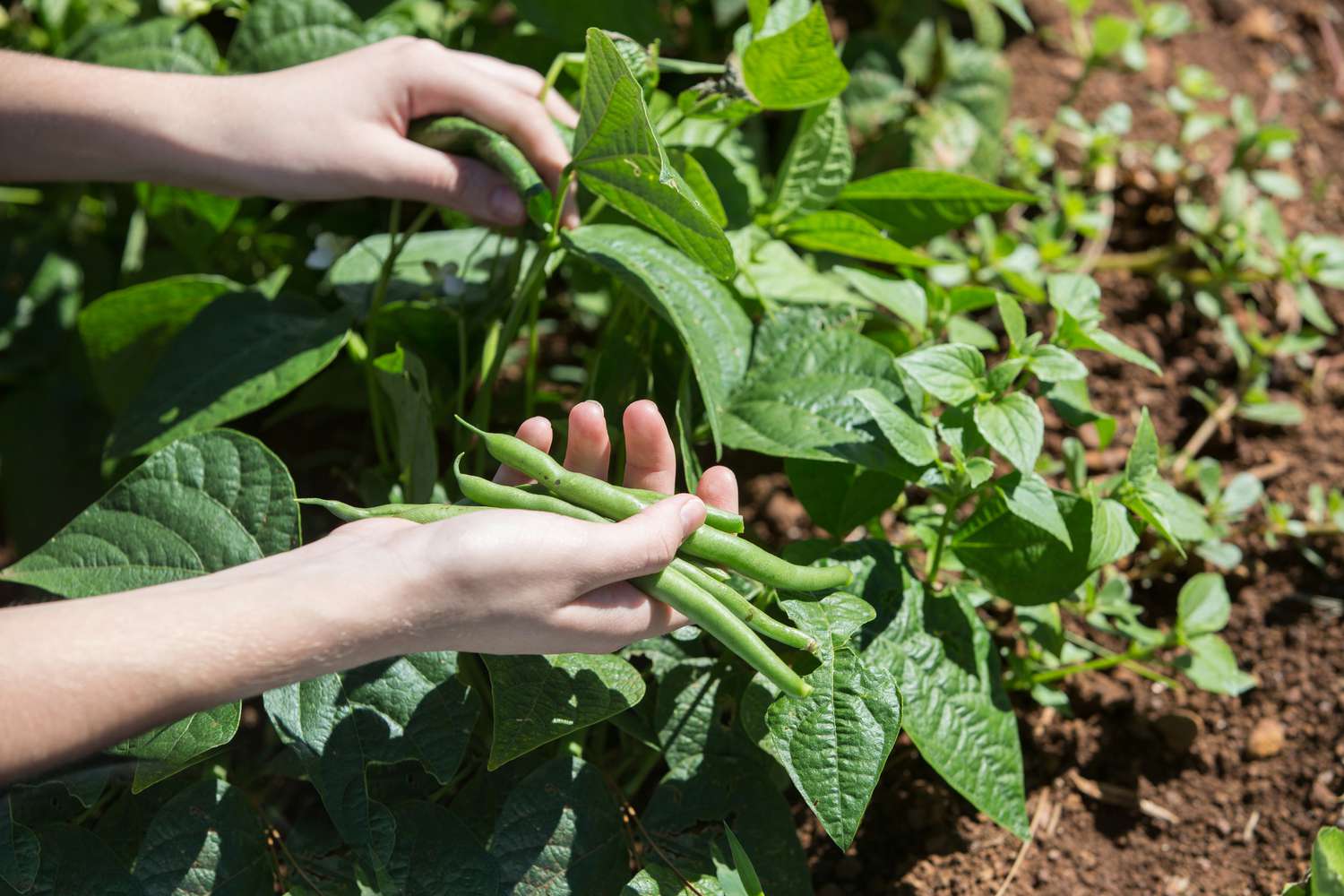

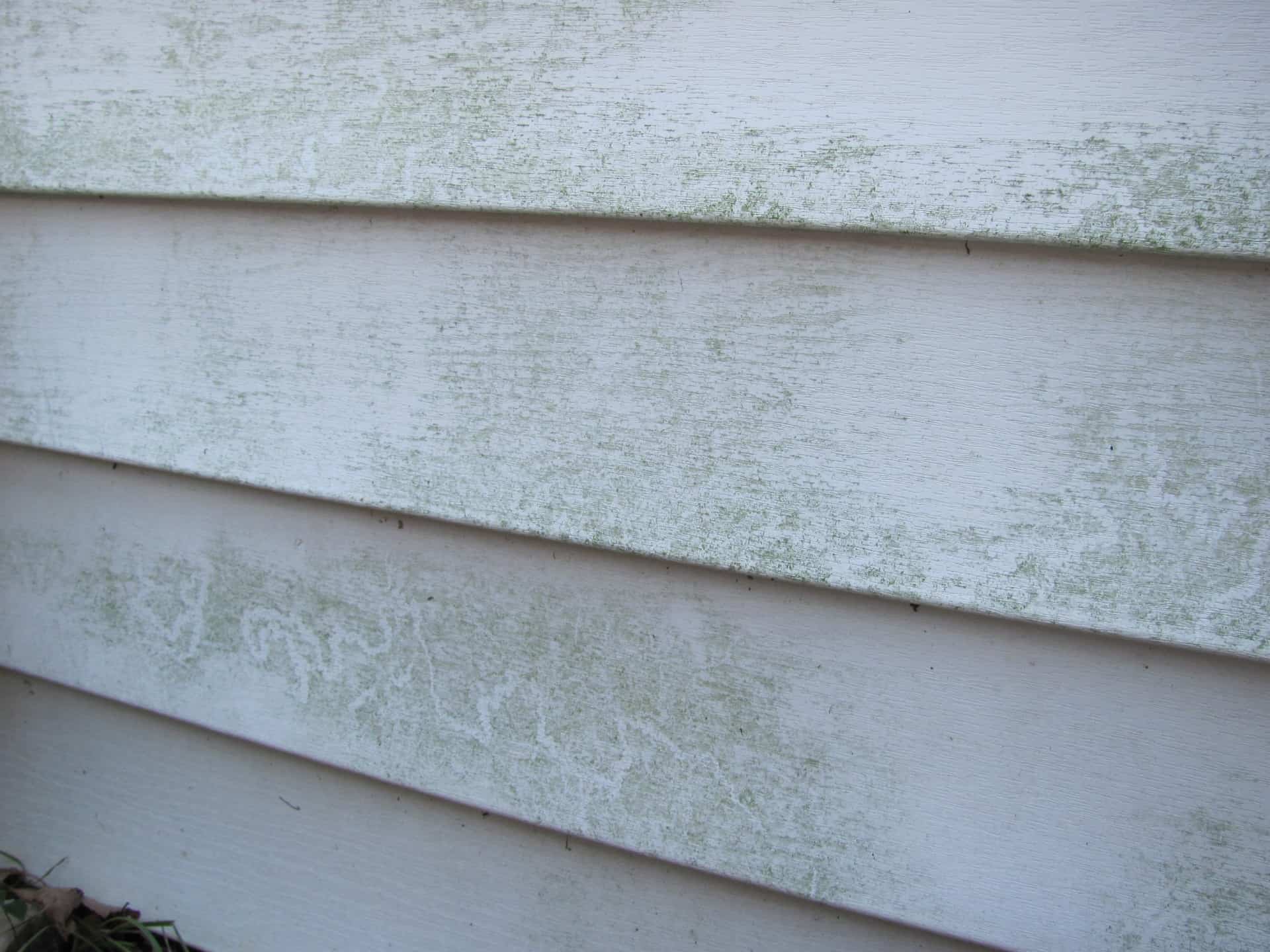
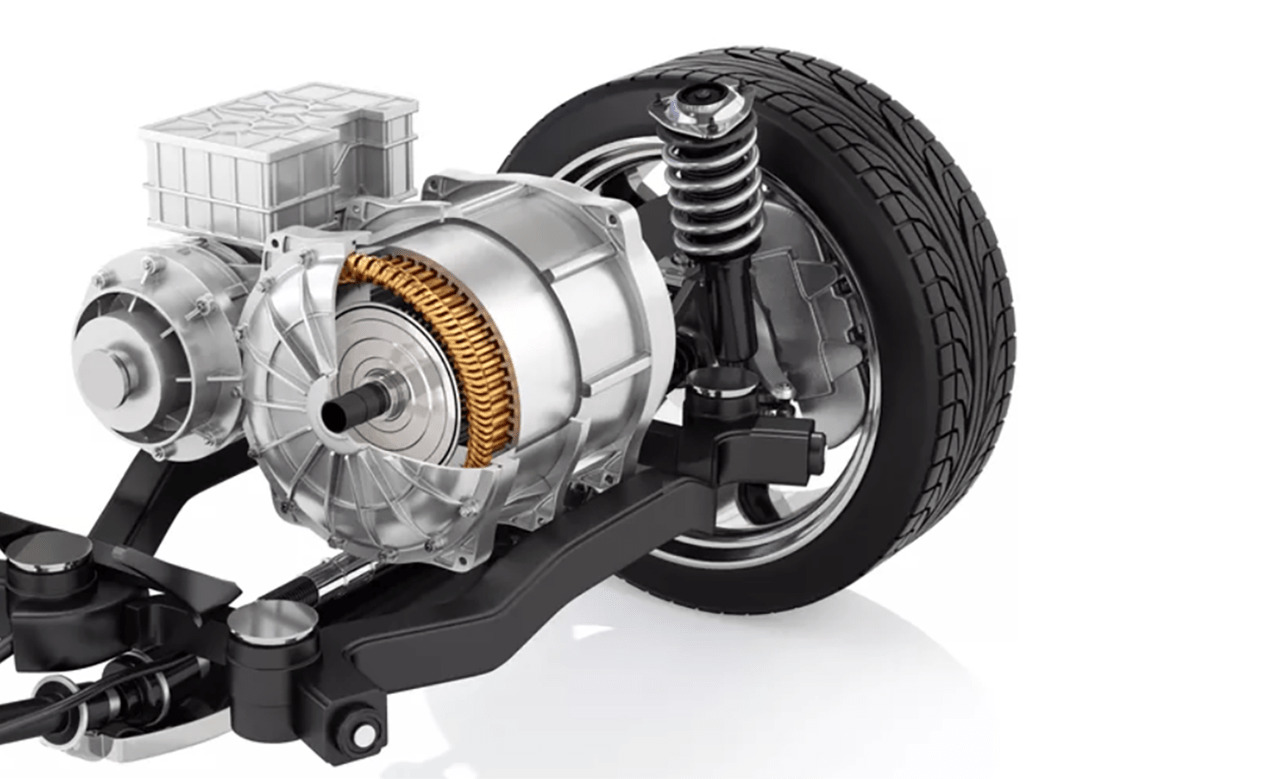
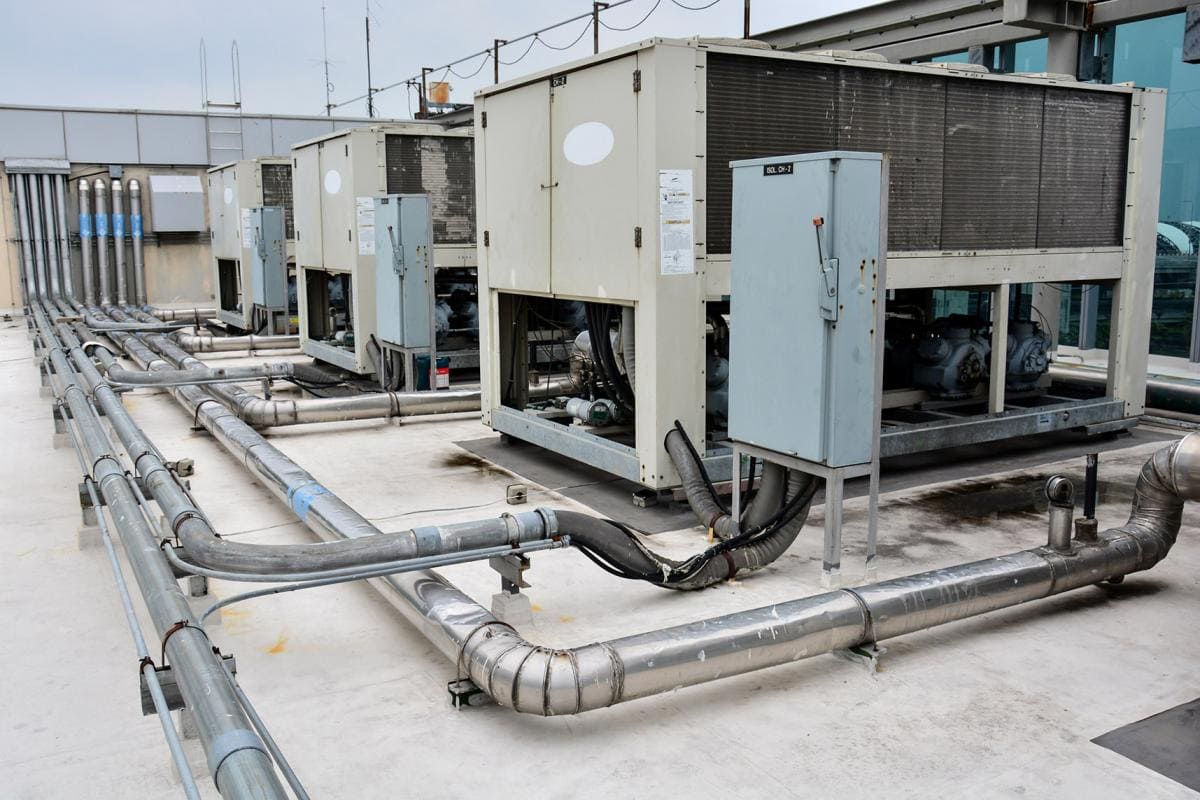
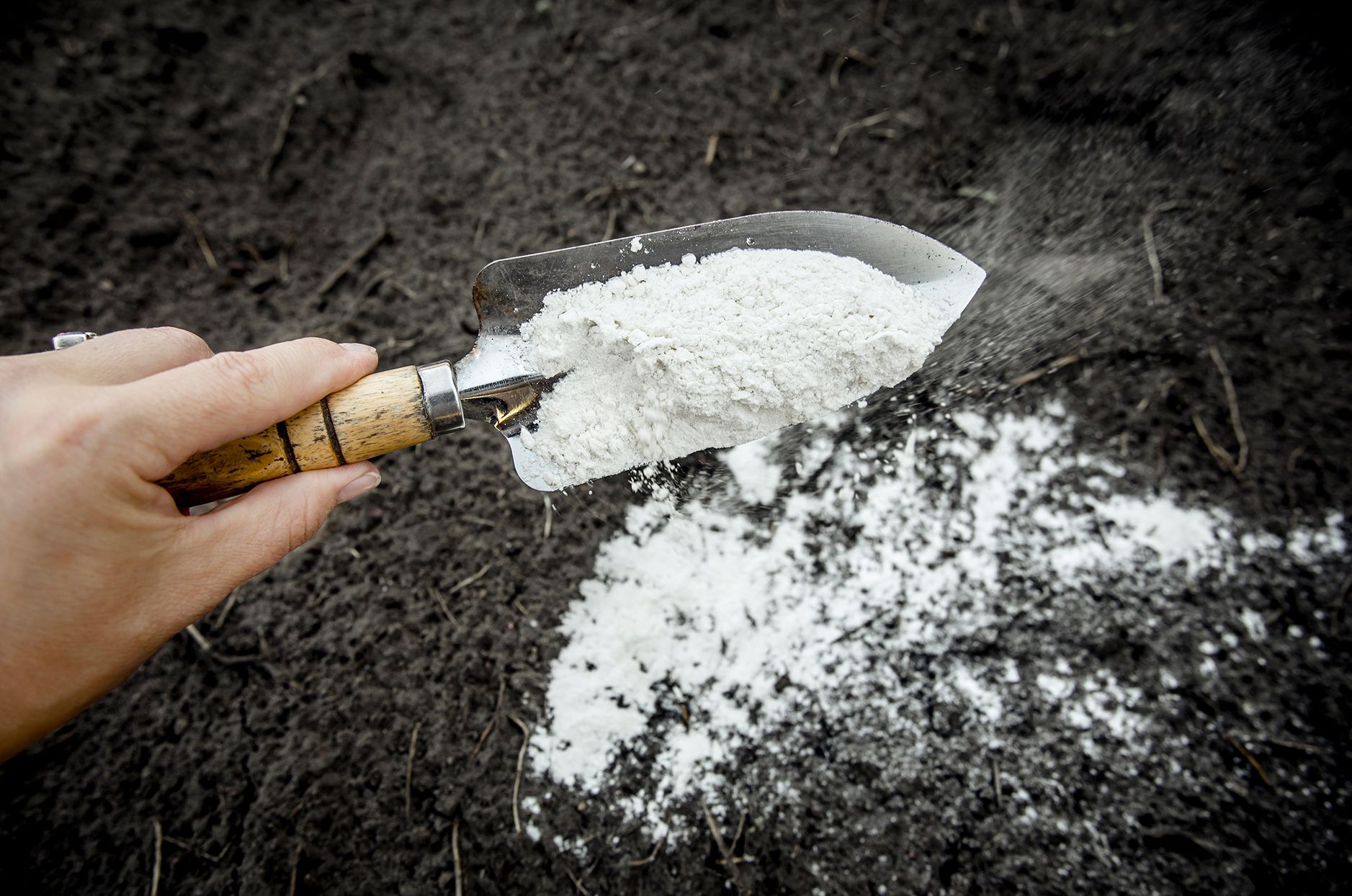
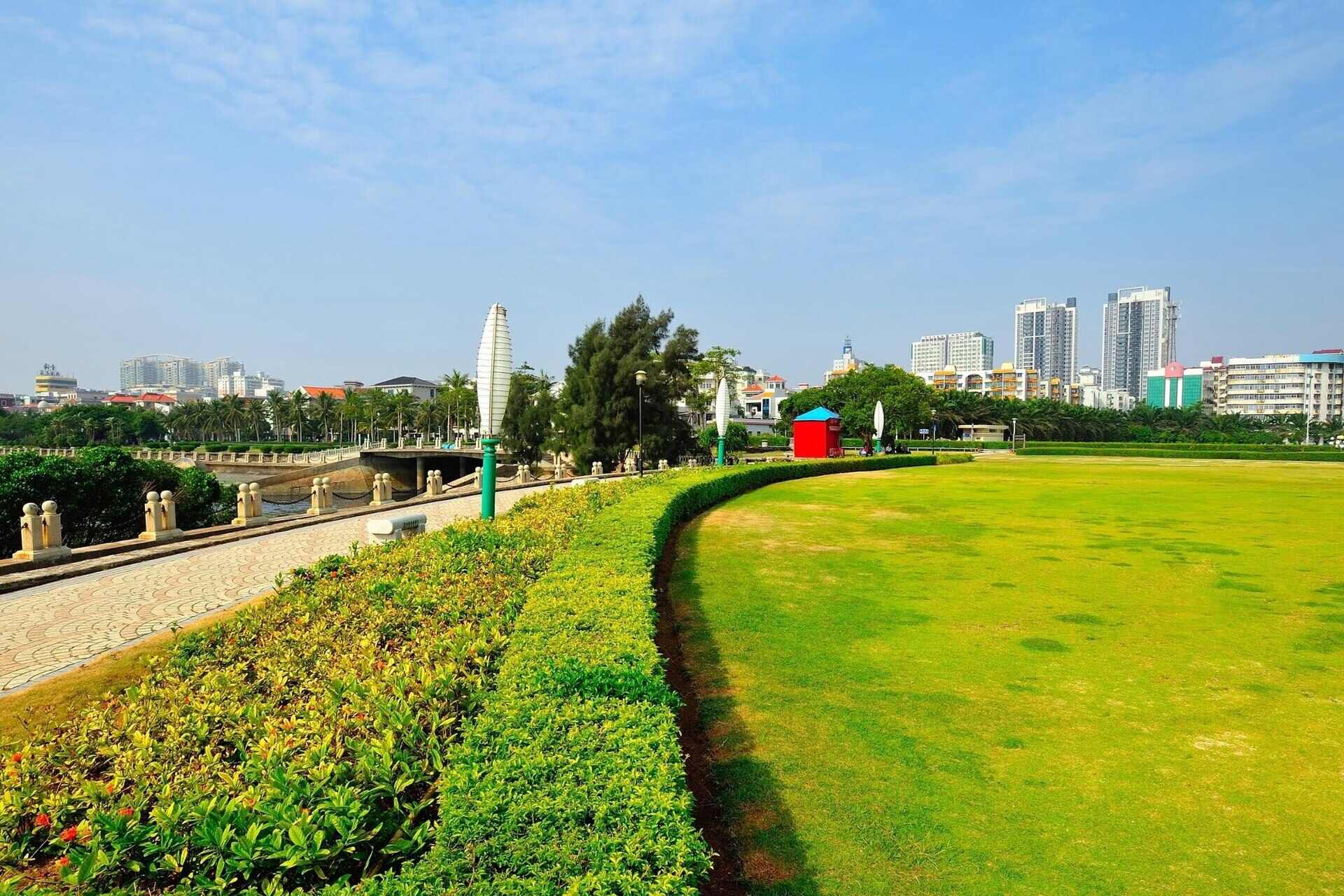

0 thoughts on “What Does Green Space Maintenance Involve”